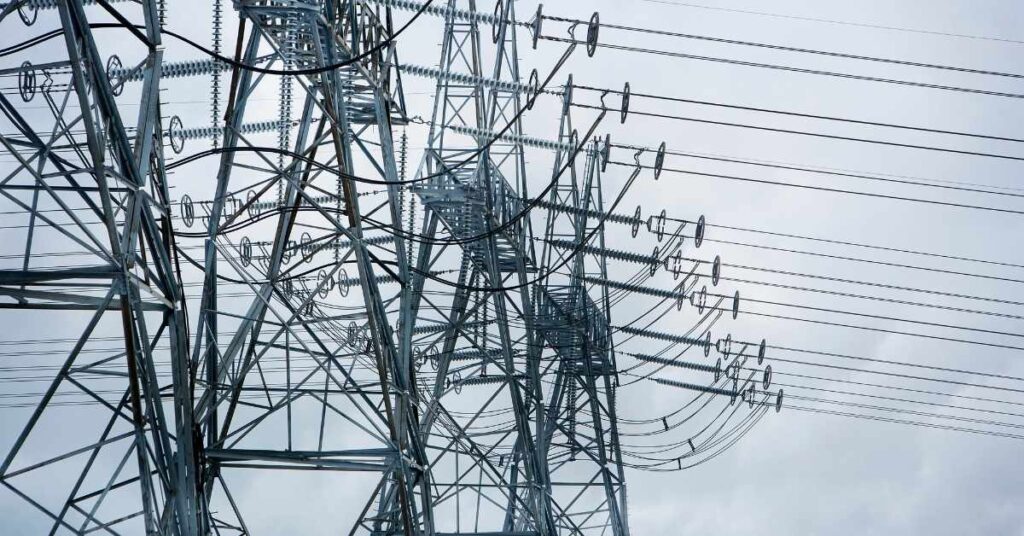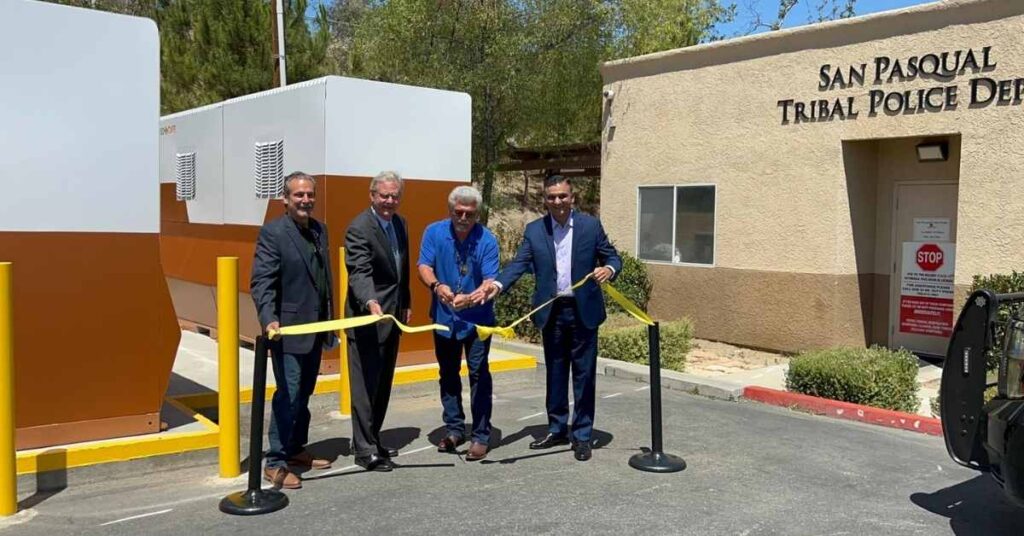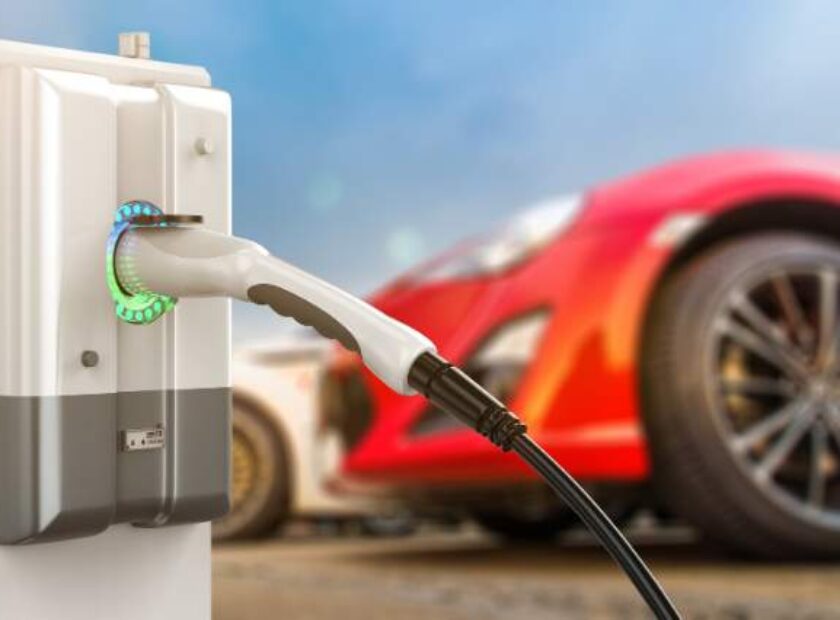Providing a lifeline- Local Renewable Power Plants for the Underserved Communities


The traditional grid is under a lot of stress due to climate change, aging infrastructures, increased energy demands, and pressure from EVs.
Local sustainable power plants are also known as Microgrids lie at the epicenter of rising energy demands with real-time adjustment capability of electricity loads in distributing scarce power during hours of peak consumption. These local power plants support a flexible and efficient electric grid by enabling the integration of growing deployments of distributed energy resources such as renewables like solar.
The three core value propositions of a local power plant include resilience, cost savings, and carbon reduction.
It is a known fact that a lot of disadvantaged & underserved communities have historically struggled to gain access to power.
Microgrids have especially made progress in such communities & regions because of their onsite renewable generation that provides the benefits of affordable energy, minimized pollution, and increased resilience and reliability all at the same time.
For example, in the event of a natural disaster or power outage, traditional fuel supply lines are disrupted. Microgrids can mitigate risk and help communities maintain power. Gridscape is helping San Diego, San Pasqual Band of Mission Indians (SPBMI) and Fontana achieve these goals.
SPBMI is a thriving community of over 1,500 residents. The region, however, gets hit often due to the reoccurring forest fires and this affects every aspect of life from power disruption to infrastructural damage. This unreliable power supply creates an opportunity for a decentralized system; a local sustainable power plant can give resiliency, reliability, savings, and above all, safety to the community.
A microgrid will empower SPBMI to utilize electricity that has been produced locally. It will give them a robust power backup solution that will benefit the economy and improve the quality of life. Furthermore, the project execution and the annual maintenance will be done locally which will create employment opportunities for the tribe and benefit the local economy.
As communities look to move ahead, rebuild, and recover from the past turbulent times , we are glad to have worked together to fortify the grid system for the nice people of SPBMI for a brighter future and to have made sure reliable power supply is accessible to all. Microgrid in communities offer local balancing of supply and demand, while also integrating the community as an active part of the energy system.

Another local sustainable energy project was conceived at Willowbrook. In an affordable housing property in a low-income, disadvantaged neighborhood in Compton, California.
Also, this project came at a significant moment in California history marked by the confluence of policy initiatives advancing decarbonization, zero net energy, and equitable access to energy innovations.
It is a known fact that economically disadvantaged and marginalized communities spend a larger percentage of their income on energy. As energy costs rise and reliability deteriorates, it affects those that can least afford it the most.
Thus, the Willowbrook project aimed at the need to manage their electricity use and reduce the energy burden of low-income customers during this transition was considered imperative. The ultimate purpose of this project was to demonstrate project pathways within a low-income multifamily setting of how to maximize the benefits of solar PV and decarbonization for a vulnerable population. At the same time, the project aimed to enable grid flexibility and environmental benefits that extended to the entire rate base.






